Home>Technology>Security & Surveillance>How To Lock A Freezer Door
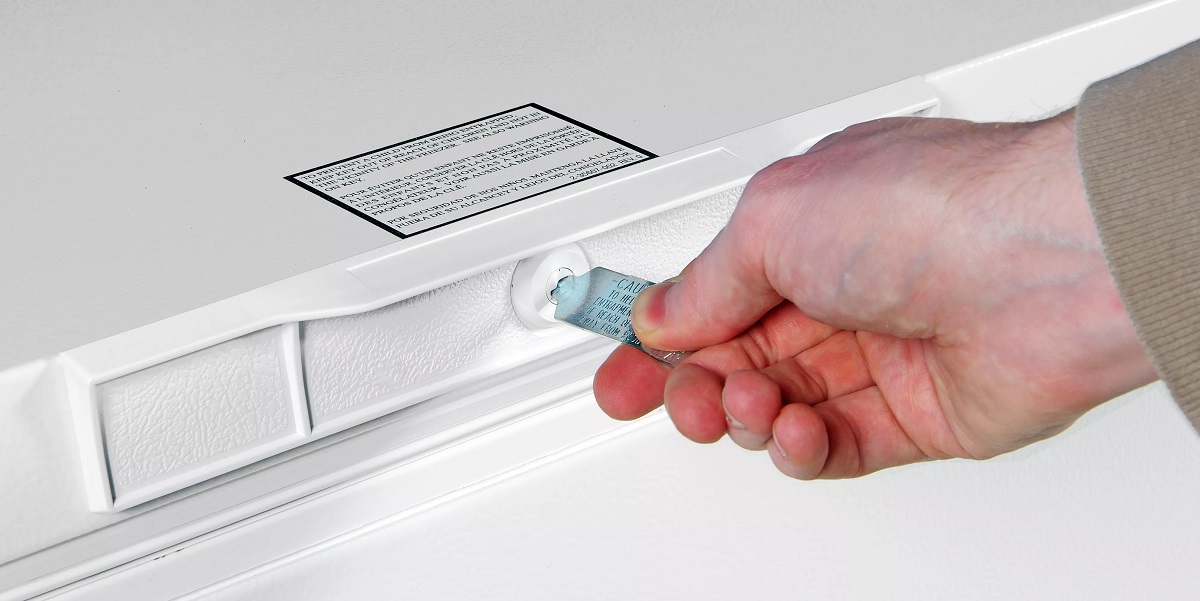

Security & Surveillance
How To Lock A Freezer Door
Modified: February 18, 2024
Learn how to secure your freezer with these effective door locking methods. Keep your freezer and its contents safe and secure with our expert tips on freezer door security. Protect your valuable items with our security and surveillance solutions.
(Many of the links in this article redirect to a specific reviewed product. Your purchase of these products through affiliate links helps to generate commission for Storables.com, at no extra cost. Learn more)
Introduction
When it comes to safeguarding valuable goods and maintaining optimal storage conditions, a secure freezer door is of utmost importance. Whether you're a homeowner looking to protect your groceries or a business owner responsible for preserving perishable inventory, ensuring that your freezer door is properly locked is crucial. In this comprehensive guide, we'll explore the essential steps and tools required to effectively secure a freezer door, providing you with peace of mind and the confidence that your stored items are protected.
A malfunctioning or improperly sealed freezer door can lead to various issues, including temperature fluctuations, energy inefficiency, and potential food spoilage. By taking proactive measures to lock your freezer door, you can mitigate these risks and maintain the integrity of your stored items. From inspecting the door for misalignment to installing specialized locks and alarms, we'll cover everything you need to know to keep your freezer door securely shut.
Whether you're dealing with a household freezer, a commercial walk-in freezer, or a display freezer in a retail setting, the principles of securing the door remain consistent. By following the steps outlined in this guide, you can ensure that your freezer door is firmly locked, providing protection against unauthorized access and preventing accidental openings.
Join us as we delve into the world of freezer door security, empowering you with the knowledge and techniques to safeguard your frozen assets. Let's embark on this journey to fortify your freezer door and uphold the reliability and security of your storage space.
Key Takeaways:
- Keep your freezer door secure by inspecting for misalignment, tightening hinges, and installing a dedicated lock or latch. This ensures protection against unauthorized access and maintains optimal storage conditions.
- Enhance freezer security with a door alarm, strategically placed to detect unauthorized access. By integrating this advanced feature, you gain an additional layer of protection and peace of mind.
Read also: 13 Best Freezer Door Lock For 2024
Tools and Materials Needed
Before embarking on the task of securing your freezer door, it’s essential to gather the necessary tools and materials. By ensuring that you have the right equipment at your disposal, you can streamline the process and achieve optimal results. Here’s a comprehensive list of the tools and materials you’ll need:
- Screwdriver: A versatile tool that will be essential for adjusting hinges and installing locks.
- Level: To ensure that the door alignment is straight and even, promoting a secure seal.
- Adjustable Wrench: Useful for tightening and adjusting the hinges and latch components.
- Freezer Door Lock or Latch: Depending on your preference, you can choose a suitable lock or latch designed specifically for freezer doors.
- Freezer Door Alarm: An optional but highly recommended addition to enhance security and provide alerts for unauthorized access or door openings.
- Replacement Hinges (if necessary): In case the existing hinges are damaged or ineffective, having replacements on hand can expedite the repair process.
- Cleaning Supplies: It’s advisable to have cleaning materials available to ensure that the door and its components are free from dirt and debris, allowing for smooth operation and installation.
By having these tools and materials ready, you’ll be well-equipped to address any issues related to your freezer door’s security and functionality. With the essentials in hand, you can proceed with confidence, knowing that you’re prepared to tackle the task at hand.
Step 1: Inspect the Freezer Door
Before implementing any security measures, it’s crucial to conduct a thorough inspection of your freezer door to identify any existing issues that may compromise its security. By carefully assessing the door’s condition, alignment, and sealing capabilities, you can pinpoint areas that require attention and rectify potential vulnerabilities. Here’s a detailed breakdown of the inspection process:
- Check for Misalignment: Examine the positioning of the freezer door in relation to the surrounding frame. A misaligned door can create gaps that compromise the seal, leading to temperature fluctuations and increased energy consumption. Use a level to assess the alignment and determine if adjustments are necessary.
- Inspect the Seal: The integrity of the door seal is paramount for maintaining the freezer’s internal temperature and preventing air leakage. Look for signs of wear, tears, or debris along the gasket, and ensure that it forms a tight seal when the door is closed.
- Assess Hinge Stability: Check the hinges for any signs of damage or looseness. A secure and stable hinge mechanism is essential for keeping the door in place and preventing unauthorized access.
- Examine Overall Condition: Take note of any dents, dings, or structural issues that may impact the door’s ability to close securely. Additionally, ensure that the door handle and locking mechanism are functioning properly.
By meticulously evaluating these key aspects of the freezer door, you can gain valuable insights into its current state and identify areas that require attention. This proactive approach sets the stage for implementing targeted solutions to enhance the door’s security and functionality, ultimately safeguarding the contents within.
Step 2: Adjust the Door Alignment
Ensuring that your freezer door is properly aligned is essential for maintaining a secure seal and preventing unauthorized access. Misaligned doors can lead to gaps, compromising the freezer’s temperature control and energy efficiency. By addressing any alignment issues, you can optimize the door’s functionality and security. Here’s a detailed guide on adjusting the door alignment:
- Locate Adjustment Screws: Many freezer doors are equipped with adjustable screws located near the hinges. These screws can be turned to shift the position of the door, allowing for precise alignment adjustments.
- Use a Level: Place a level along the top and sides of the door to determine the extent of misalignment. This will help you identify the specific areas that require adjustment.
- Gradual Alignment Corrections: With the assistance of a screwdriver, make incremental adjustments to the alignment screws. Carefully observe the changes in the door’s positioning as you make these corrections, ensuring that it gradually moves into the desired alignment.
- Test the Seal: Once you’ve made the necessary adjustments, close the door and verify that the seal is tight and consistent along all edges. This step is crucial for confirming that the alignment corrections have effectively optimized the door’s security and insulation capabilities.
By methodically realigning the freezer door, you can eliminate gaps and irregularities that compromise its security and functionality. This proactive approach not only enhances the door’s ability to maintain optimal storage conditions but also contributes to the overall efficiency of the freezer unit.
To lock a freezer door, consider installing a padlock or a child safety lock to prevent unauthorized access. Make sure to choose a lock that is compatible with your freezer door and can be easily installed.
Step 3: Tighten the Hinges
Properly securing the hinges of your freezer door is essential for maintaining its stability and preventing unauthorized access. Over time, hinges may become loose or misaligned, compromising the door’s ability to seal tightly and maintain consistent temperatures. By taking the time to tighten the hinges, you can enhance the security and functionality of the door. Here’s a comprehensive guide to tightening the hinges:
- Inspect the Hinge Screws: Examine the screws that secure the hinges to the freezer door and frame. Loose or worn-out screws can contribute to hinge instability, leading to alignment issues and potential security risks.
- Use a Screwdriver or Wrench: Depending on the type of screws present, use an appropriate tool to tighten them securely. Ensure that the screws are firmly fastened to provide maximum support for the hinges.
- Address Misaligned Hinges: If the hinges themselves are misaligned, carefully adjust their positioning to ensure that they align with the door and frame correctly. This step is crucial for optimizing the door’s stability and security.
- Test the Door Movement: After tightening the hinges, open and close the door to verify that it operates smoothly and securely. Pay attention to any signs of wobbling or instability, as these may indicate lingering hinge issues.
By prioritizing the maintenance and tightening of the hinges, you can fortify the structural integrity of the freezer door and minimize the risk of unauthorized access or compromised sealing. This proactive measure contributes to the overall security and reliability of the freezer unit, ensuring that its contents remain protected and properly preserved.
Read more: How To Lock A Digital Door Lock
Step 4: Use a Door Lock or Latch
Implementing a dedicated lock or latch on your freezer door is a highly effective way to enhance security and prevent unauthorized access. Whether you’re safeguarding valuable inventory in a commercial setting or ensuring the safety of household items, a reliable locking mechanism provides an additional layer of protection. Here’s a comprehensive guide to installing a door lock or latch on your freezer:
- Select the Appropriate Lock or Latch: Choose a locking mechanism that is specifically designed for freezer doors, ensuring that it is compatible with the door’s construction and dimensions. Options include padlocks, key-operated locks, and specialized latches.
- Identify Installation Points: Determine the optimal placement for the lock or latch, considering factors such as accessibility, visibility, and the door’s existing hardware configuration. This strategic approach ensures that the locking mechanism effectively reinforces the door’s security.
- Follow Manufacturer Instructions: If the lock or latch comes with specific installation guidelines, carefully adhere to these instructions to ensure proper placement and functionality. This step is essential for maximizing the effectiveness of the locking mechanism.
- Test the Locking Action: Once the lock or latch is installed, thoroughly test its locking and unlocking actions to confirm that it securely engages with the door and provides reliable protection. This step allows you to identify and address any potential issues before relying on the locking mechanism for security.
By incorporating a dedicated lock or latch into your freezer door security measures, you can significantly reduce the risk of unauthorized access and fortify the protection of its contents. This proactive approach empowers you to maintain control over access to the freezer, ensuring that its valuable contents remain secure and undisturbed.
Step 5: Install a Freezer Door Alarm
Enhancing the security of your freezer door can be further reinforced by installing a specialized door alarm. A freezer door alarm serves as an invaluable tool for alerting you to unauthorized access, door openings, or potential security breaches. By integrating this advanced security feature, you can proactively monitor the status of your freezer door and take immediate action in response to any irregularities. Here’s a comprehensive guide to installing a freezer door alarm:
- Choose a Suitable Alarm System: Select a door alarm specifically designed for freezer applications, ensuring that it is equipped to withstand low temperatures and the unique conditions within a freezer environment.
- Determine Alarm Placement: Identify the optimal location for installing the alarm sensor, considering factors such as coverage area, accessibility, and the proximity to the door seal. This strategic placement ensures that the alarm effectively detects door openings and unauthorized access.
- Follow Installation Instructions: If the door alarm comes with specific installation guidelines, carefully adhere to these instructions to ensure proper setup and functionality. Pay close attention to sensor positioning and connectivity to maximize the alarm’s effectiveness.
- Test Alarm Functionality: Once the alarm is installed, conduct thorough testing to verify its responsiveness to door openings and closures. Familiarize yourself with the alarm’s activation and deactivation procedures, ensuring that it operates reliably and provides timely alerts.
By integrating a freezer door alarm into your security measures, you gain an additional layer of protection that actively monitors the status of the door. This proactive approach empowers you to swiftly address any security concerns and maintain strict control over access to the freezer, safeguarding its contents from unauthorized interference.
Conclusion
Securing a freezer door is a fundamental aspect of maintaining the integrity and security of its contents, whether it’s perishable inventory in a commercial setting or essential groceries in a household. By following the comprehensive steps outlined in this guide, you can fortify your freezer door and minimize the risk of unauthorized access, temperature fluctuations, and energy inefficiencies. From inspecting the door for misalignment to installing advanced security features, each step is designed to enhance the door’s functionality and protection.
By conducting a meticulous inspection of the door and addressing any alignment or sealing issues, you lay the groundwork for optimizing its security and efficiency. Tightening the hinges and incorporating a dedicated lock or latch further reinforces the door’s stability and resistance to unauthorized entry. Additionally, the installation of a freezer door alarm serves as a proactive security measure, providing real-time alerts and monitoring capabilities.
Throughout this process, the importance of selecting appropriate tools and materials cannot be overstated. By ensuring that you have the necessary equipment at your disposal, you can streamline the implementation of security measures and achieve optimal results. From screwdrivers and levels to specialized locks and alarms, each tool plays a crucial role in fortifying the freezer door.
Ultimately, the proactive approach to securing a freezer door not only safeguards its contents but also contributes to energy efficiency, cost savings, and peace of mind. By taking the time to address security concerns and optimize the door’s functionality, you can uphold a reliable and secure storage space for your frozen assets.
Embrace the knowledge and techniques presented in this guide to fortify your freezer door, empowering you to protect its contents and maintain optimal storage conditions. With a securely locked freezer door, you can confidently preserve perishable items, minimize energy consumption, and mitigate the risks associated with unauthorized access. By prioritizing the security of your freezer door, you uphold the reliability and integrity of its valuable contents, ensuring that they remain protected and well-preserved.
Frequently Asked Questions about How To Lock A Freezer Door
Was this page helpful?
At Storables.com, we guarantee accurate and reliable information. Our content, validated by Expert Board Contributors, is crafted following stringent Editorial Policies. We're committed to providing you with well-researched, expert-backed insights for all your informational needs.
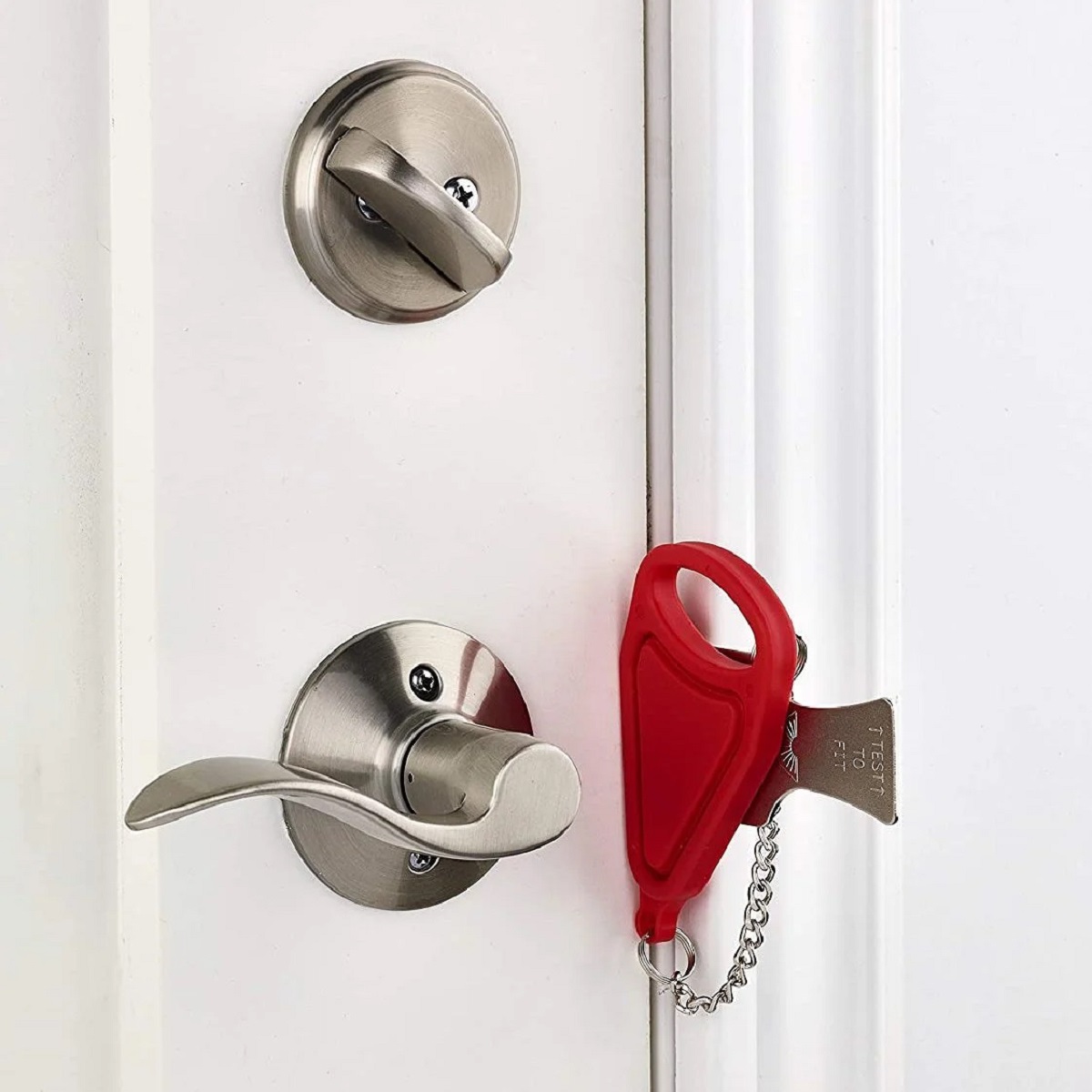
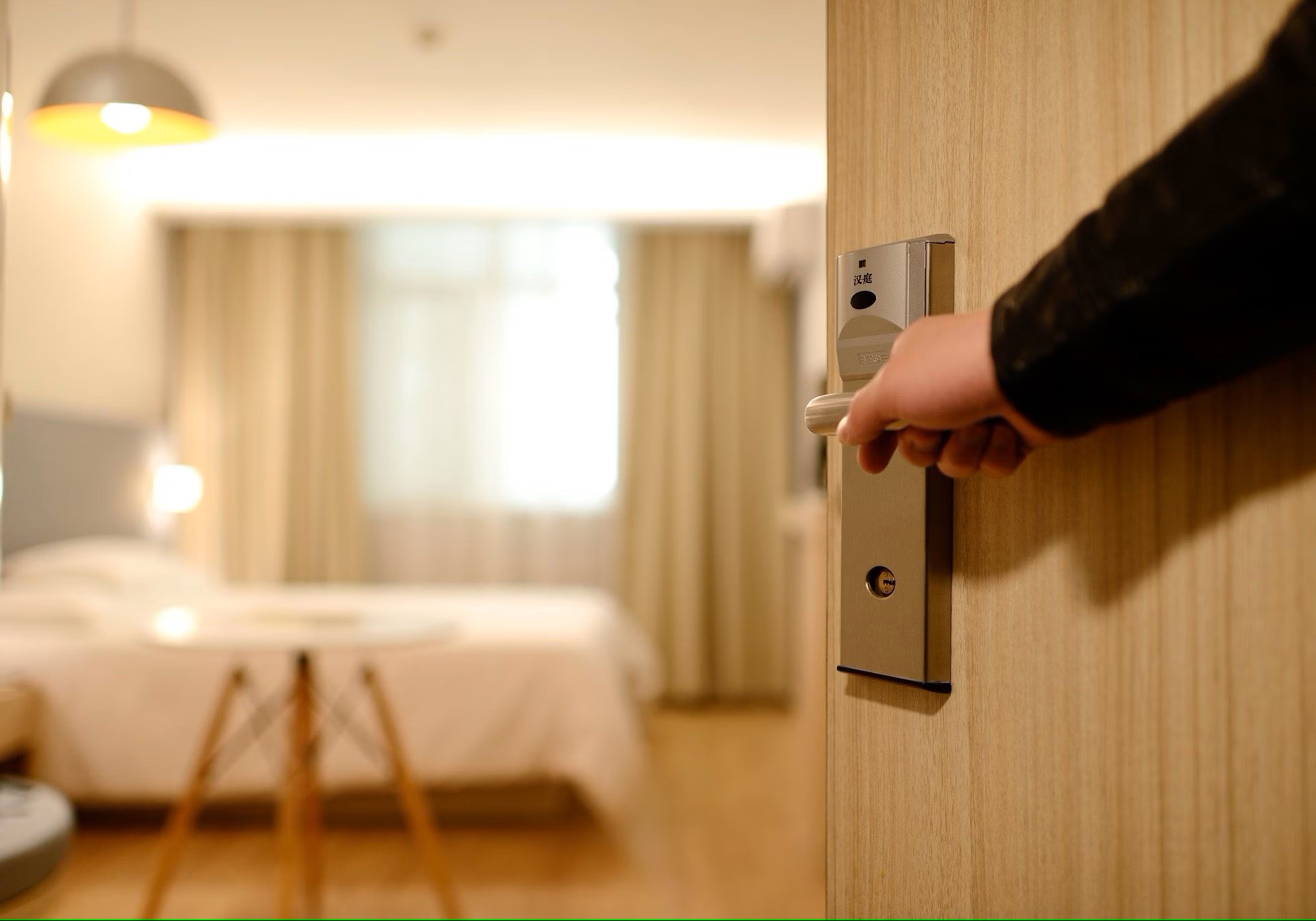
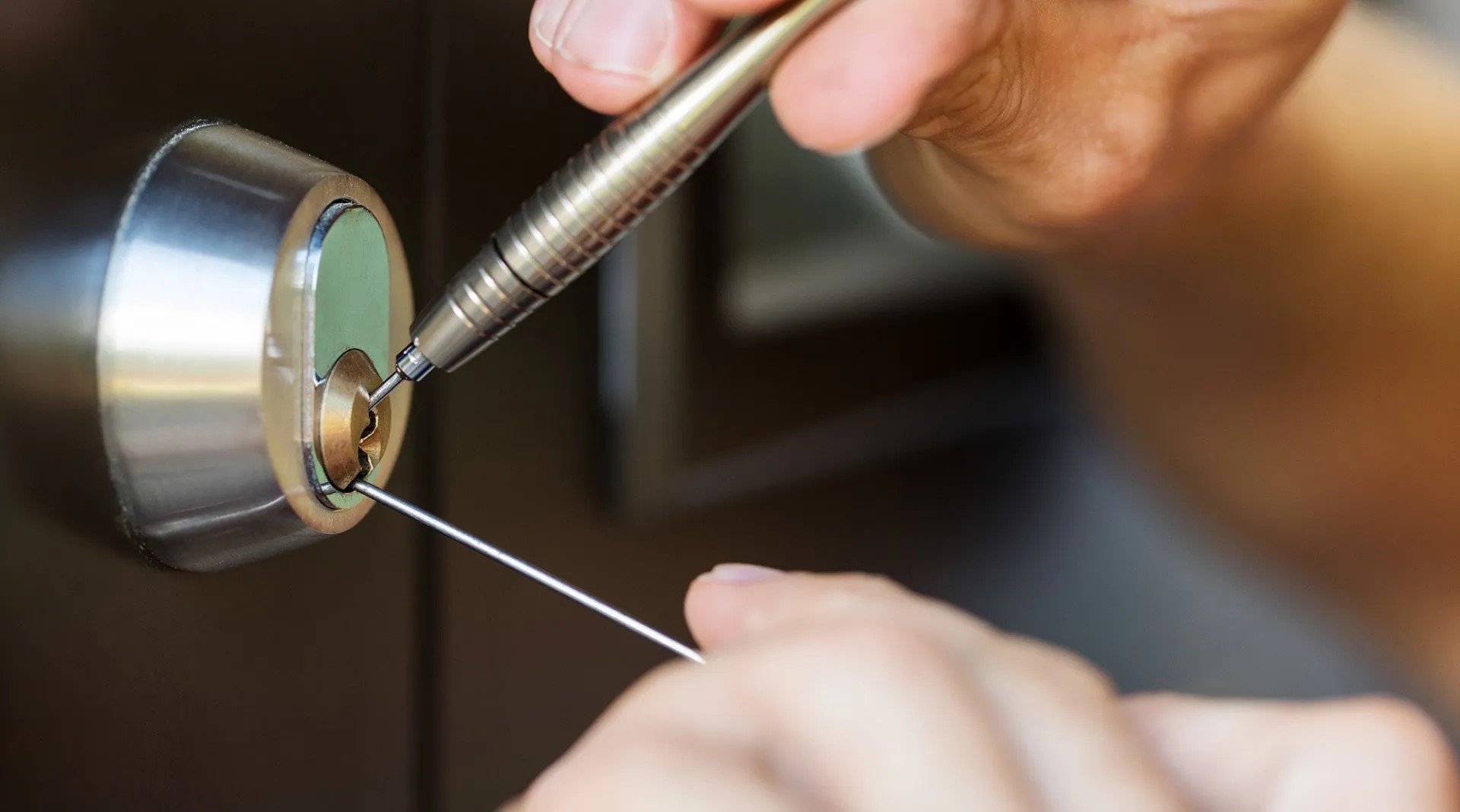
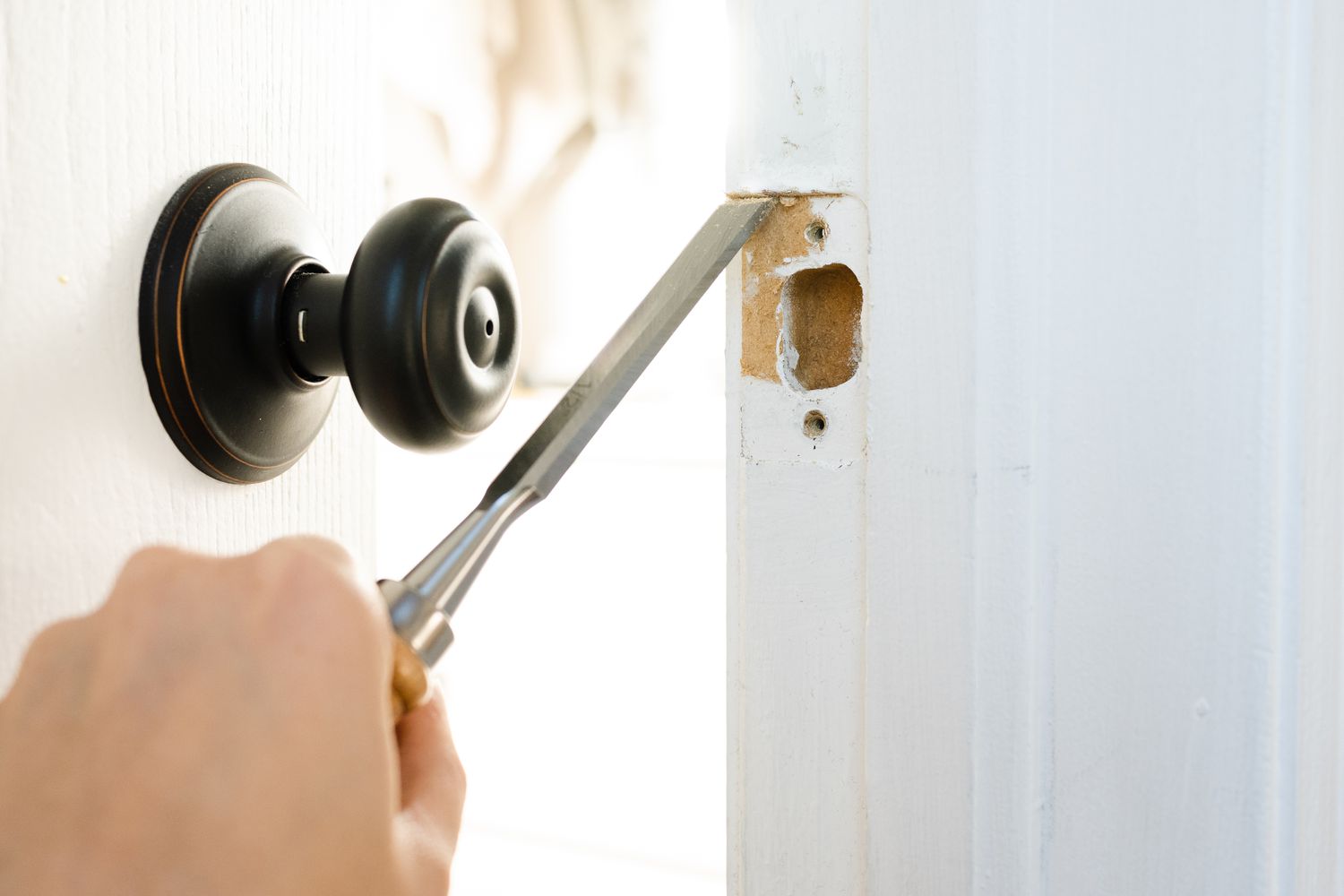
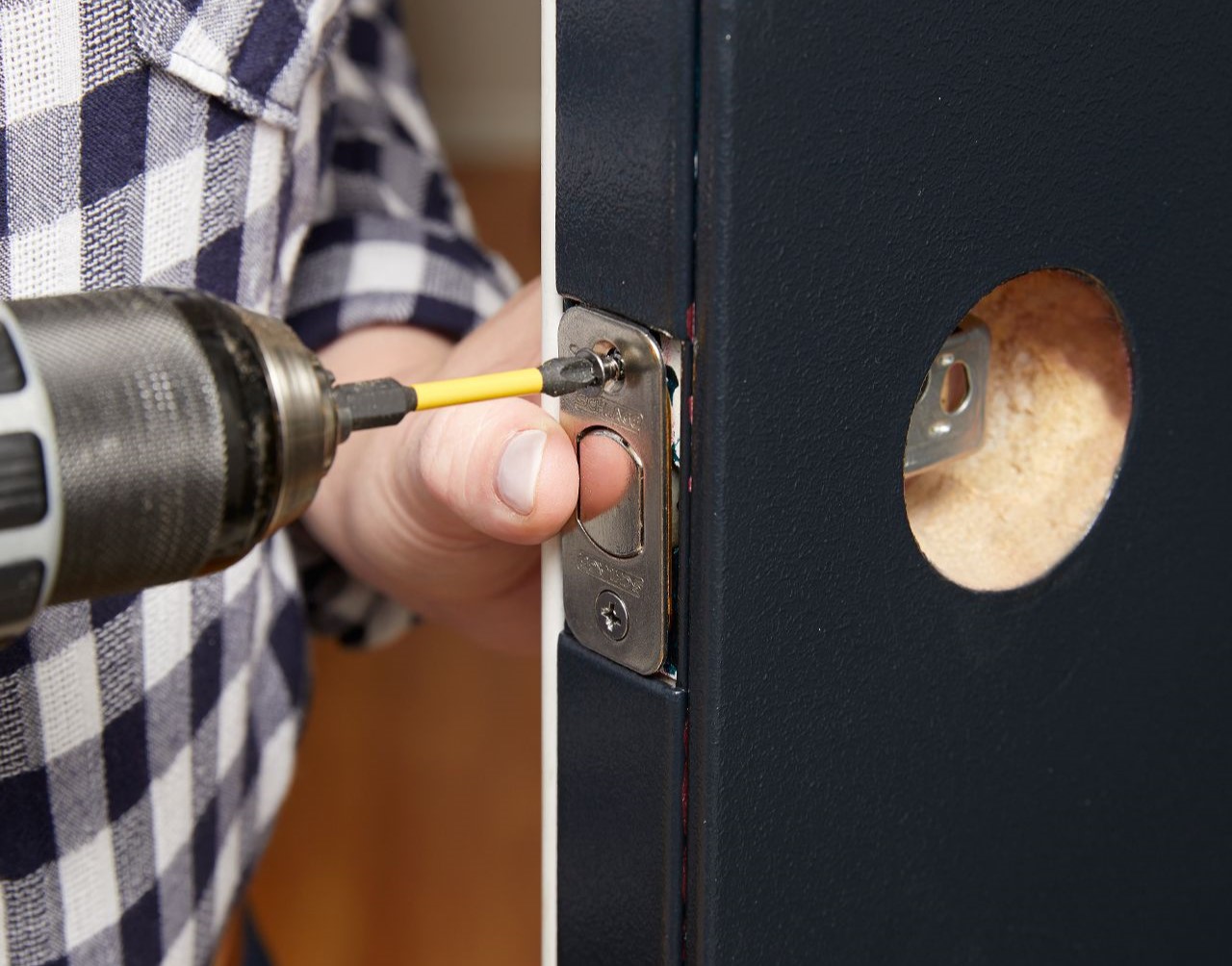
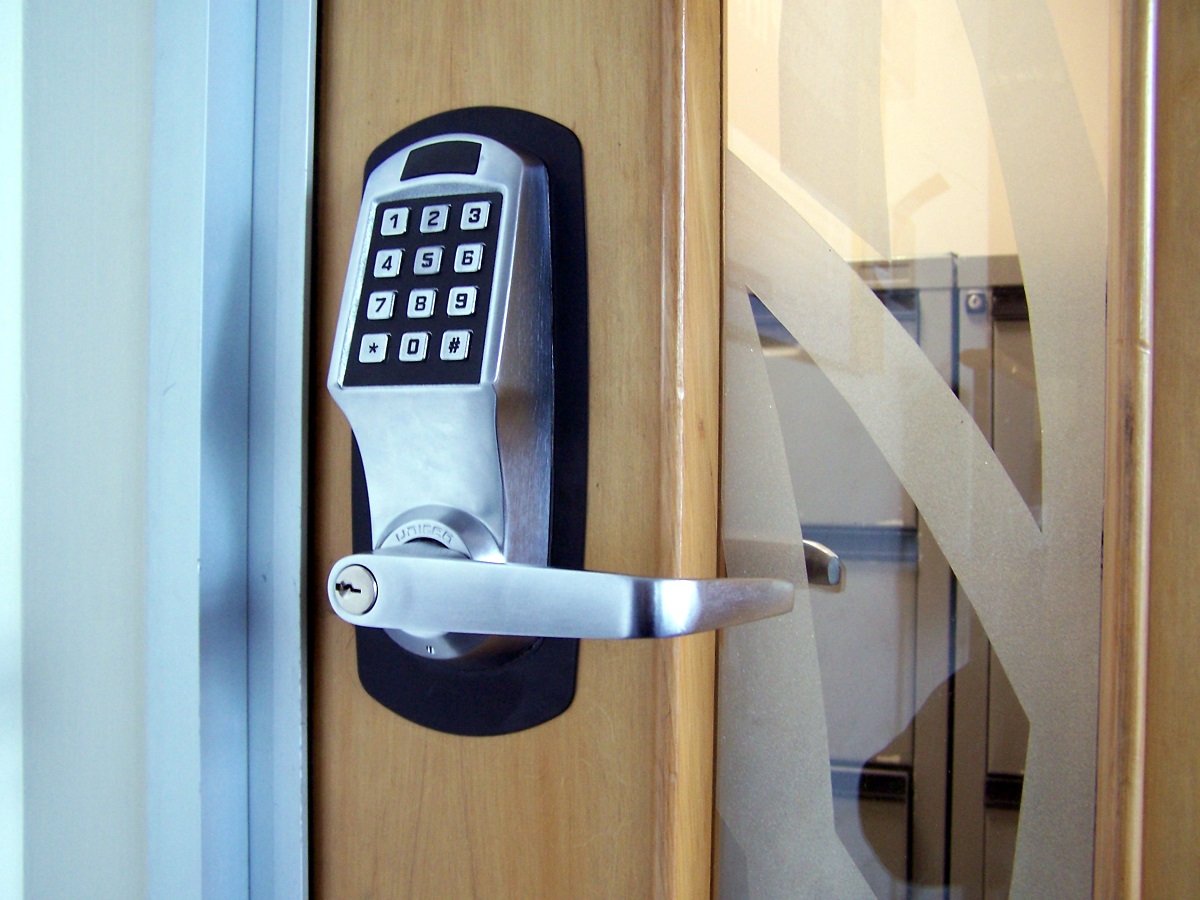
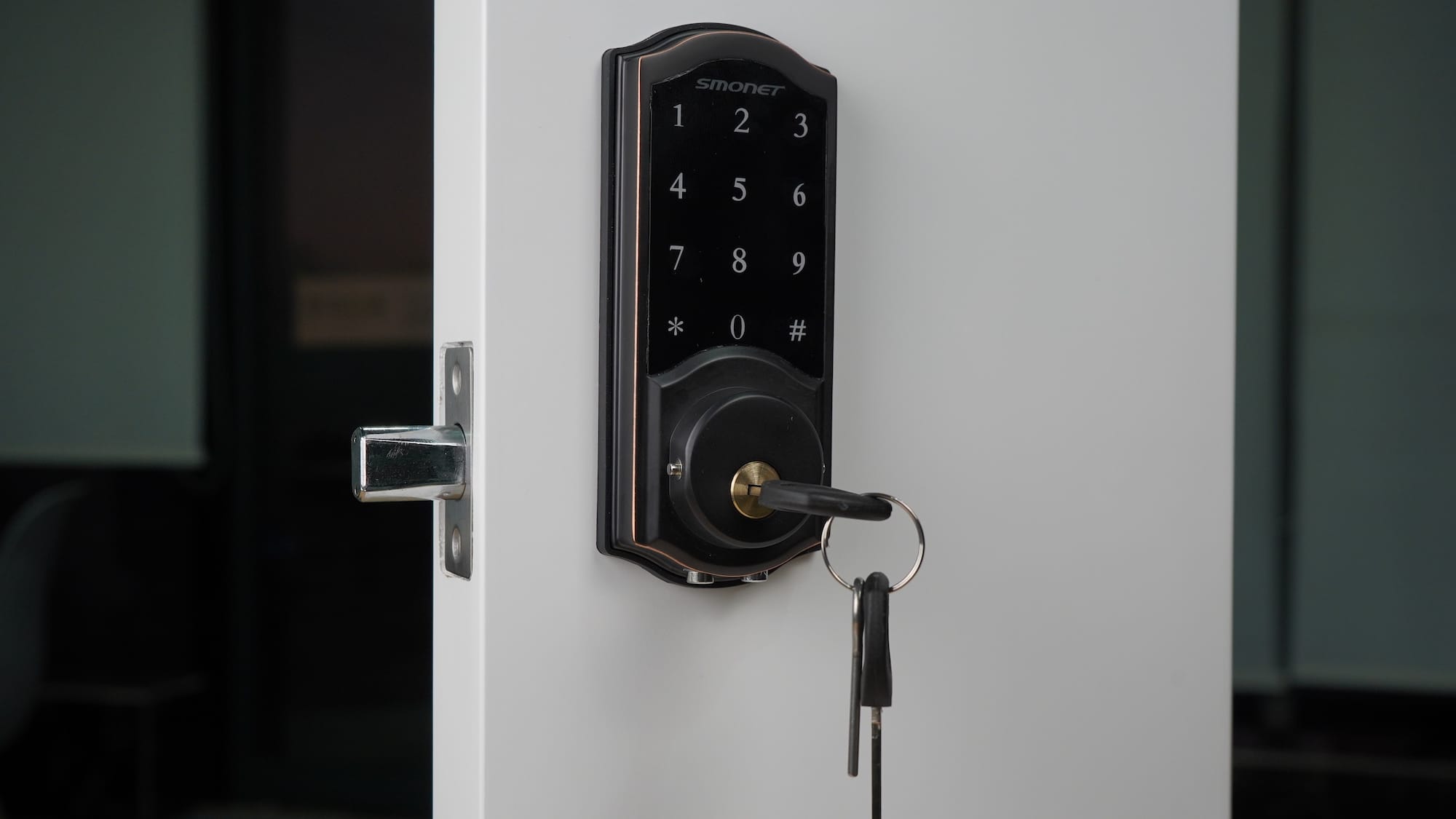
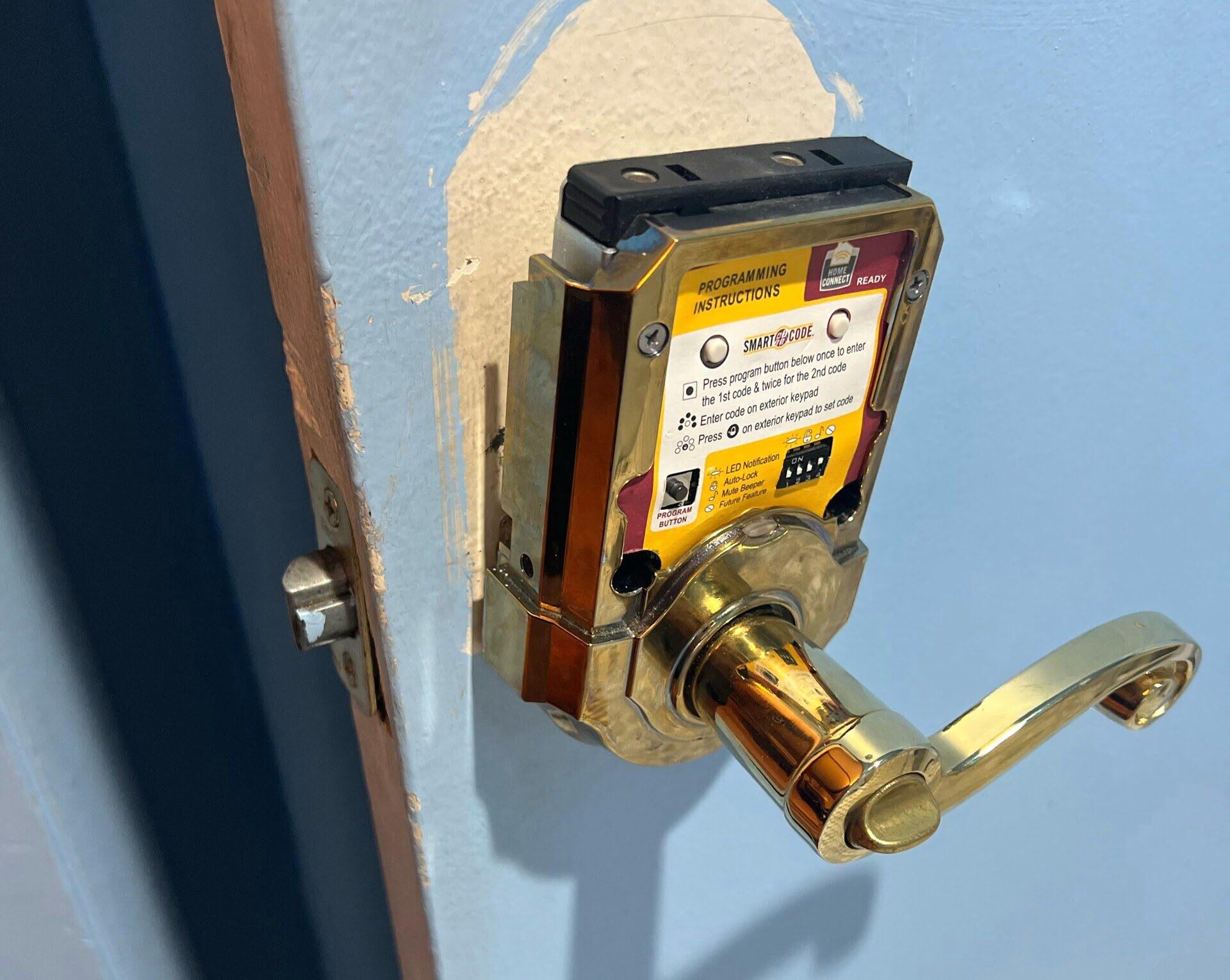
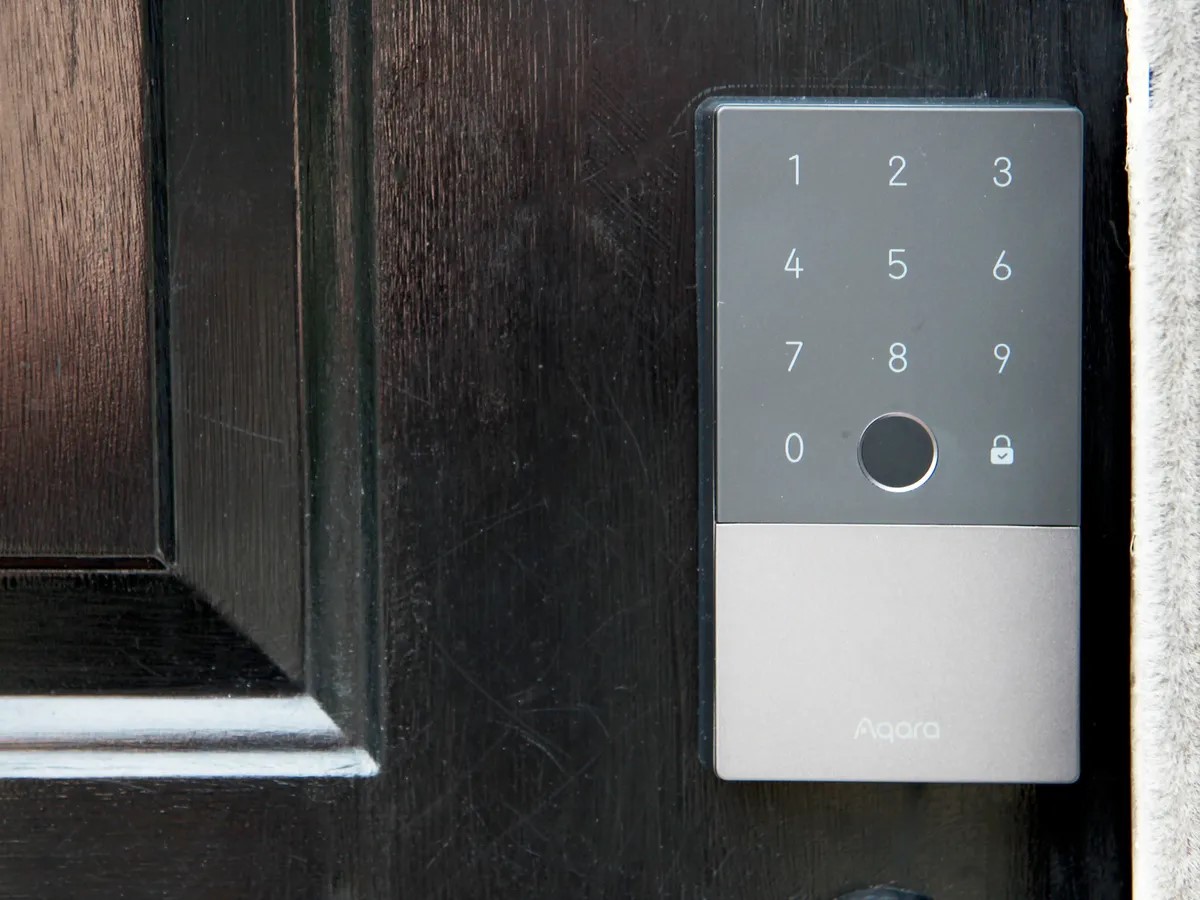
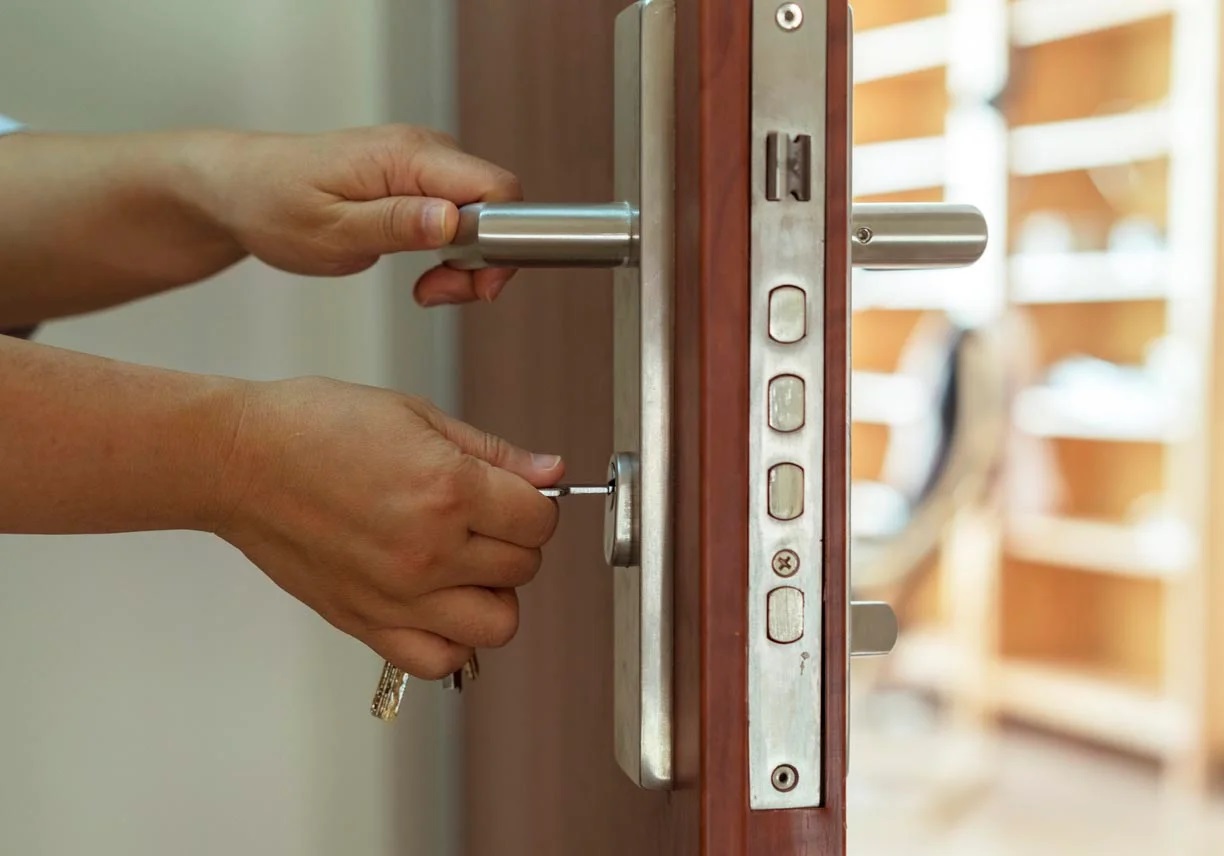
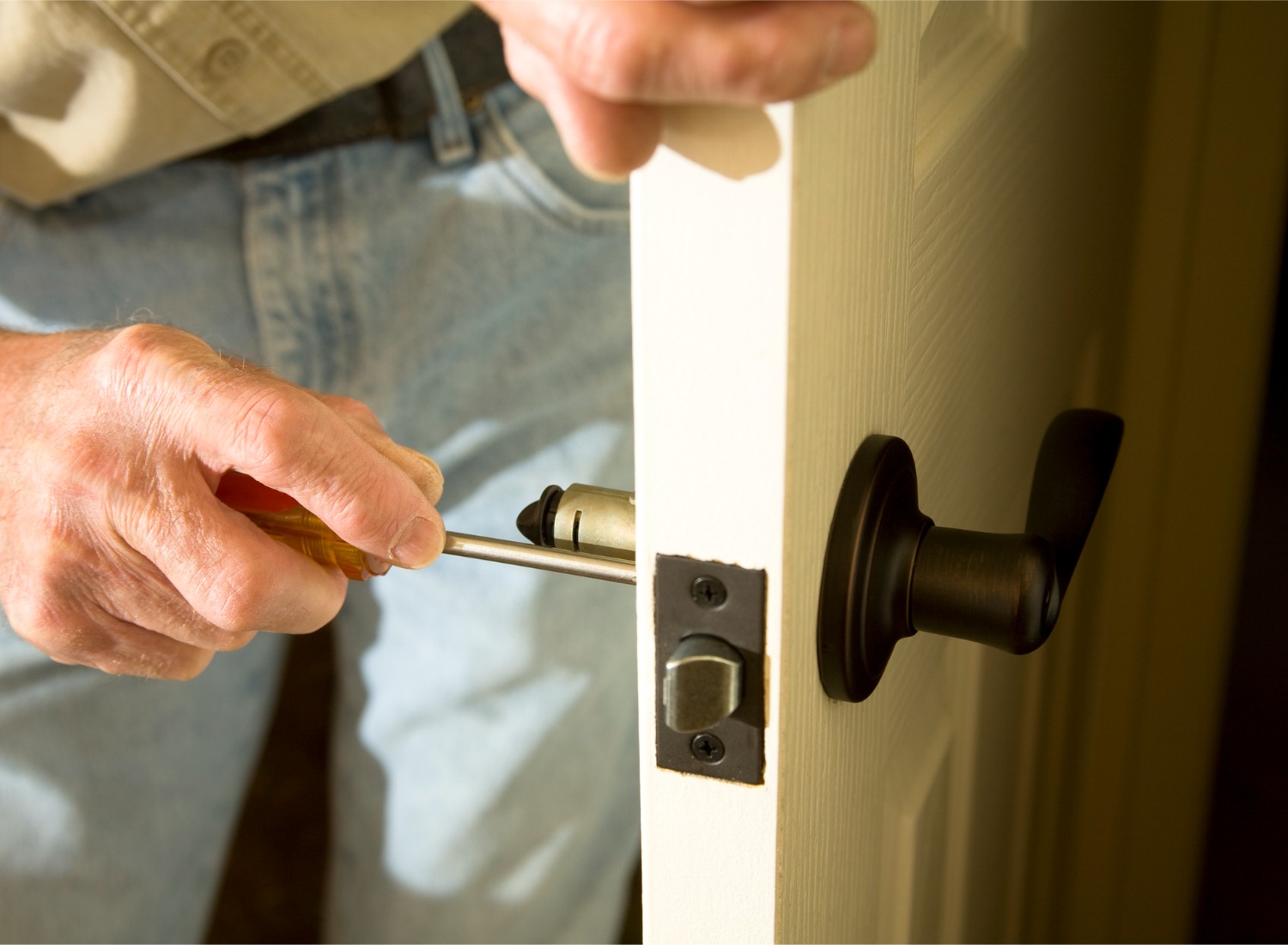
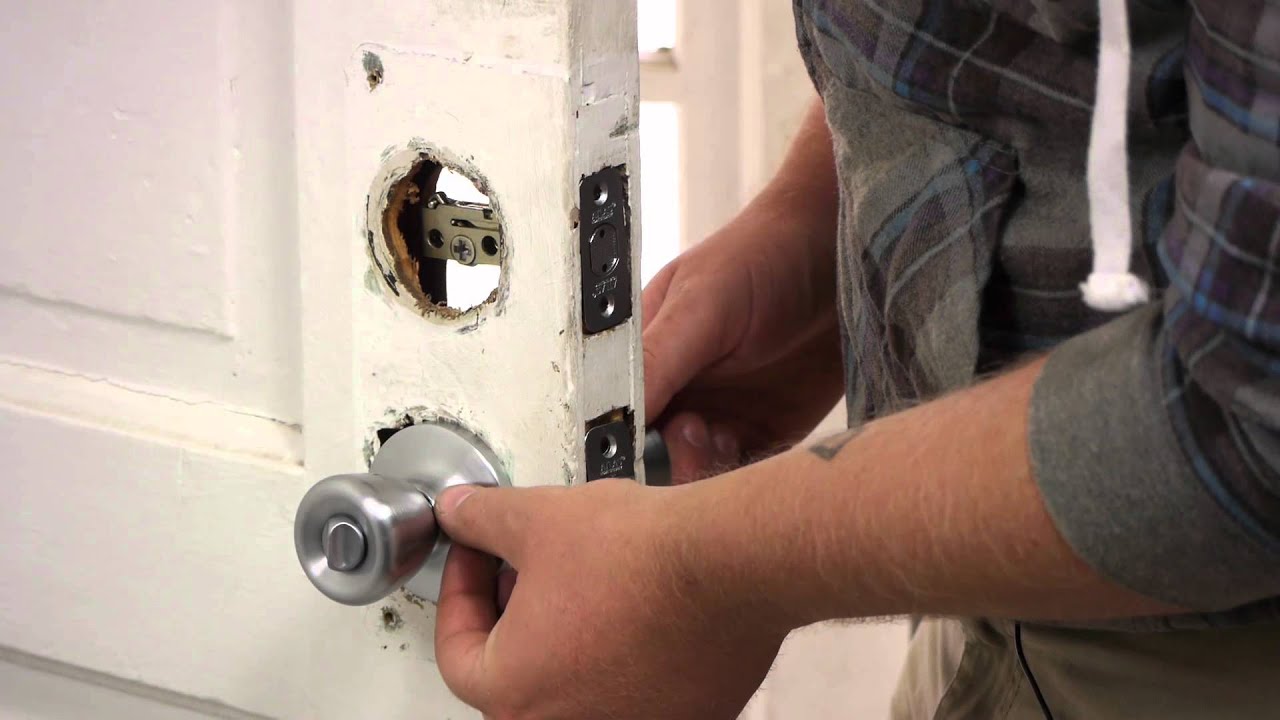
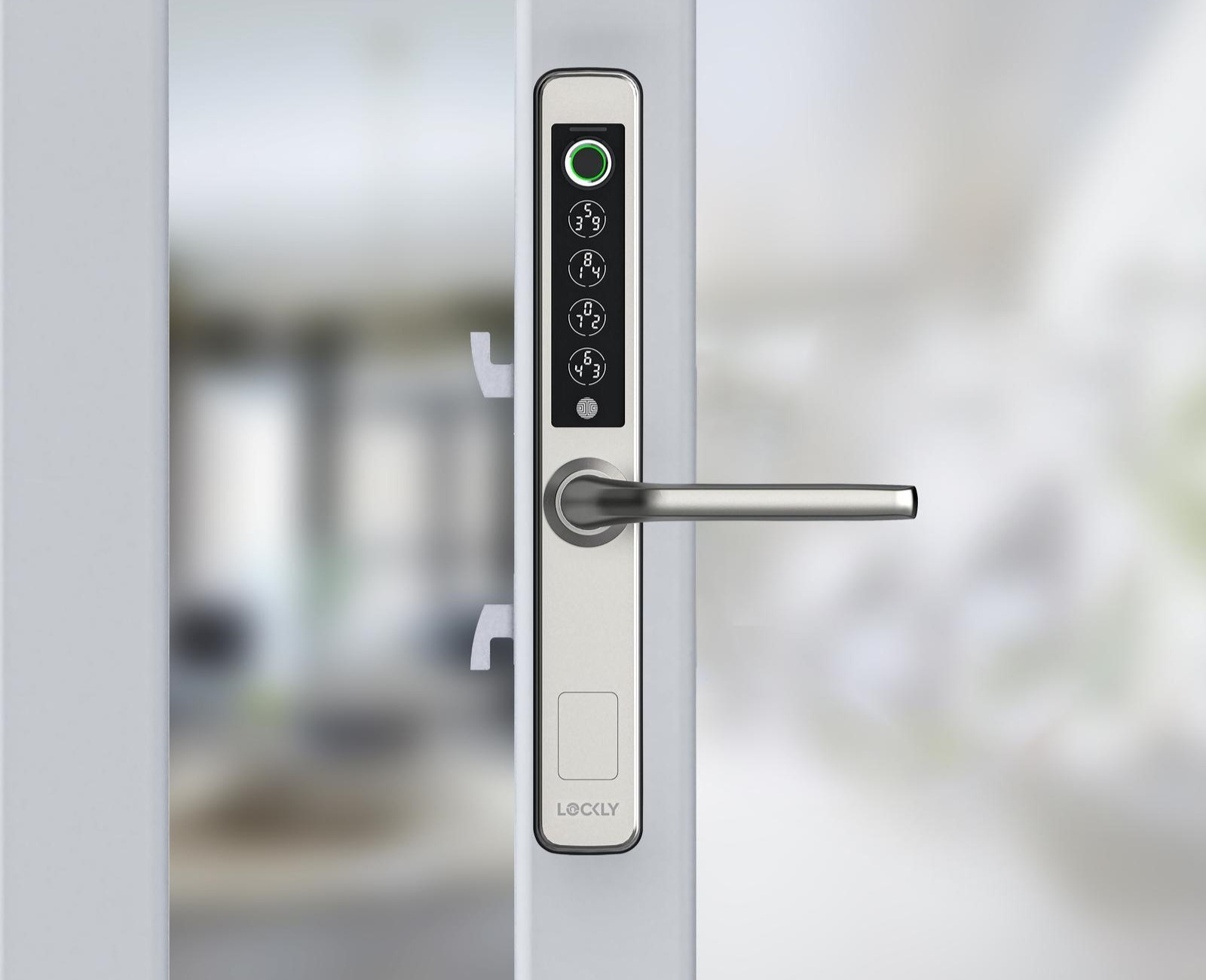
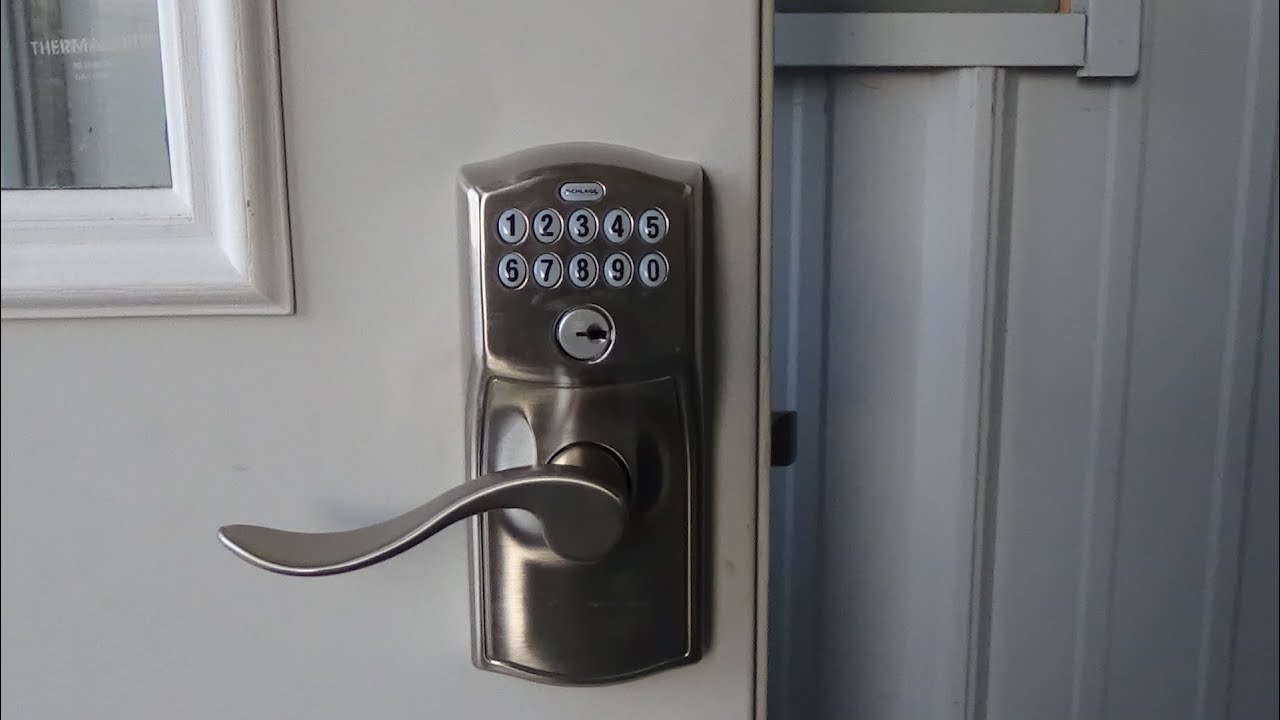

0 thoughts on “How To Lock A Freezer Door”